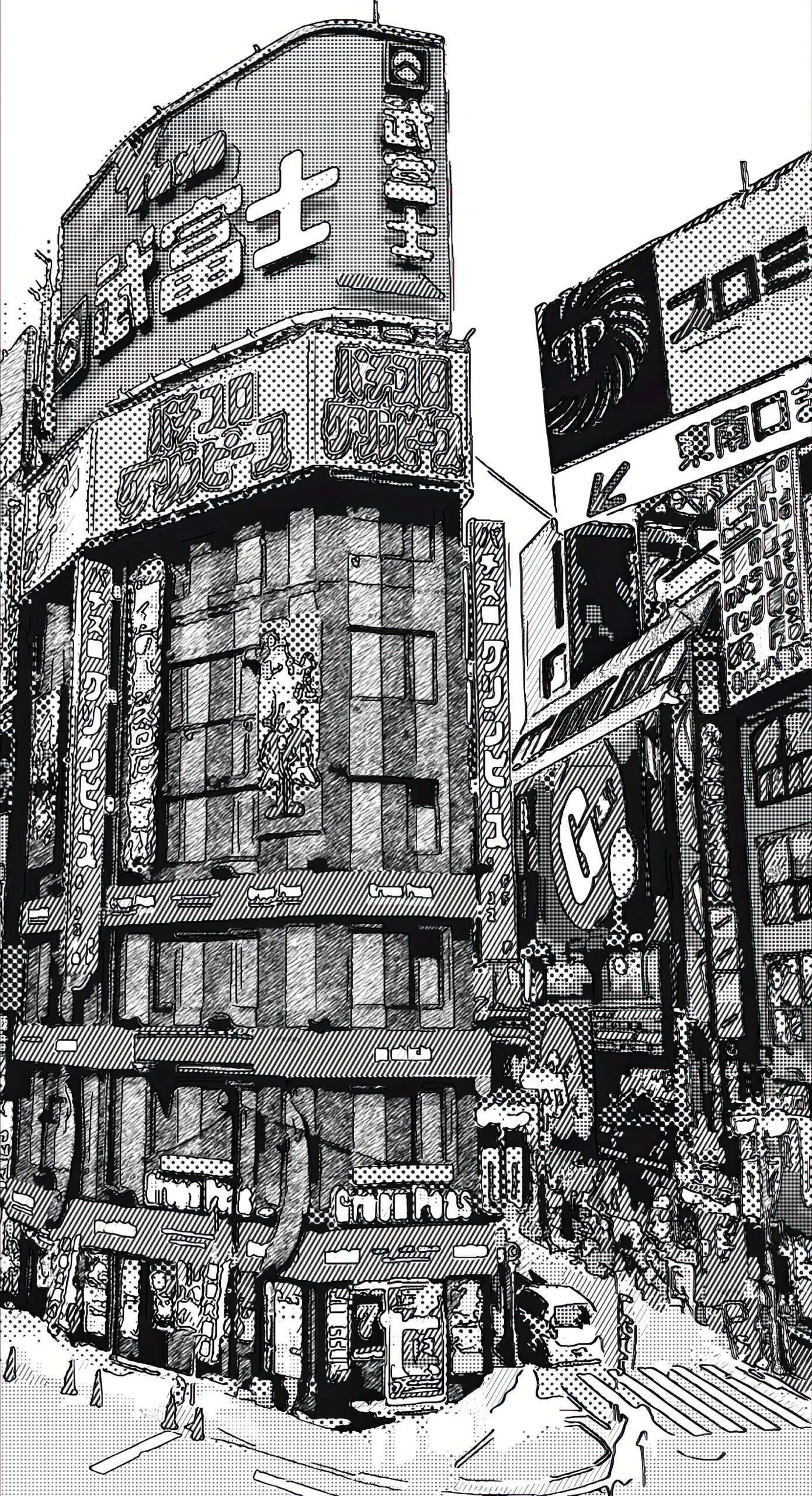“Richness-preserving manga screening”
Conference:
Type(s):
Title:
- Richness-preserving manga screening
Session/Category Title: Non-photorealistic rendering
Presenter(s)/Author(s):
Abstract:
Due to the tediousness and labor intensive cost, some manga artists have already employed computer-assisted methods for converting color photographs to manga backgrounds. However, existing bitonal image generation methods usually produce unsatisfactory uniform screening results that are not consistent with traditional mangas, in which the artist employs a rich set of screens. In this paper, we propose a novel method for generating bitonal manga backgrounds from color photographs. Our goal is to preserve the visual richness in the original photograph by utilizing not only screen density, but also the variety of screen patterns. To achieve the goal, we select screens for different regions in order to preserve the tone similarity, texture similarity, and chromaticity distinguishability. The multi-dimensional scaling technique is employed in such a color-to-pattern matching for maintaining pattern dissimilarity of the screens. Users can control the mapping by a few parameters and interactively fine-tune the result. Several results are presented to demonstrate the effectiveness and convenience of the proposed method.
References:
1. Buchanan, J. W., and Verevka, O. 1995. Edge preservation with space-filling curve half-toning. In Proceedings of Graphics Interface 95, 75–82.Google Scholar
2. CELSYS, Inc. Manga Studio. In http://www.comicstudio.net/.Google Scholar
3. Comaniciu, D., and Meer, P. 2002. Mean shift: A robust approach toward feature space analysis. IEEE Trans. Pattern Anal. Mach. Intell. 24, 5, 603–619. Google ScholarDigital Library
4. Cox, T. F., and Cox, M. A. A. 1994. Multidimensional Scaling. Chapman & Hall.Google Scholar
5. DeCarlo, D., and Santella, A. 2002. Stylization and abstraction of photographs. In SIGGRAPH ’02: Proceedings of the 29th annual conference on Computer graphics and interactive techniques, ACM Press, New York, NY, USA, vol. 21, 769–776. Google Scholar
6. Durand, F., Ostromoukhov, V., Miller, M., Duranleau, F., and Dorsey, J. 2001. Decoupling strokes and high-level attributes for interactive traditional drawing. In Proceedings of the 12th Eurographics Workshop on Rendering Techniques, Springer-Verlag, London, UK, 71–82. Google ScholarDigital Library
7. Floyd, R. W., and Steinberg, L. 1974. An adaptive algorithm for spatial grey scale. In SID International Symposium Digest of Technical Papers, Society for Information Display, 36–37.Google Scholar
8. Gooch, A. A., Olsen, S. C., Tumblin, J., and Gooch, B. 2005. Color2gray: salience-preserving color removal. ACM Trans. Graph. 24, 3, 634–639. Google ScholarDigital Library
9. Grabli, S., Durand, F., and Sillion, F. 2004. Density measure for line-drawing simplification. In Proceedings of Pacific Graphics. Google ScholarDigital Library
10. Jarvis, J. F., Judice, C. N., and Ninke, W. H. 1976. A survey of techniques for the display of continuous tone pictures on bilevel displays. Comput Graphics Image Process 5, 1, 13–40.Google ScholarCross Ref
11. Knuth, D. E. 1987. Digital halftones by dot-diffusion. ACM Transactions on Graphics 6, 4, 245–273. Google ScholarDigital Library
12. Li, Y., Sun, J., Tang, C.-K., and Shum, H.-Y. 2004. Lazy snapping. ACM Transaction on Graphics 23, 3, 303–308. Google ScholarDigital Library
13. Manjunath, B. S., and Ma, W. Y. 1996. Texture features for browsing and retrieval of image data. IEEE Transactions on Pattern Analysis and Machine Intelligence 18, 8, 837–842. Google ScholarDigital Library
14. Mantiuk, R., Myszkowski, K., and Seidel, H.-P. 2006. A perceptual framework for contrast processing of high dynamic range images. ACM Trans. Appl. Percept. 3, 3, 286–308. Google ScholarDigital Library
15. Meer, P., and Georgescu, B. 2001. Edge detection with embedded confidence. IEEE Transactions on Pattern Analysis and Machine Intelligence 23, 12, 1351–1365. Google ScholarDigital Library
16. Nagatomo, H. 2003. Draw Your Own Manga: All the Basics. Kodansha International Ltd.Google Scholar
17. Naiman, A., and Lam, D. 1996. Error diffusion: wavefront traversal and contrast considerations. In Proceedings of Graphics Interface 96, 78–86. Google ScholarDigital Library
18. Pang, W.-M., Qu, Y., Wong, T.-T., Cohen-Or, D., and Heng, P.-A. 2008. Structure-aware halftoning. ACM Trans. Graph. 27, 3, 1–8. Google ScholarDigital Library
19. Qu, Y., Wong, T. T., and Heng, P. A. 2006. Manga colorization. In ACM Transactions on Graphics, SIGGRAPH 2006, vol. 25, 1214–1220. Google Scholar
20. Salisbury, M. P., Wong, M. T., Hughes, J. F., and Salesin, D. H. 1997. Orientable textures for image-based pen-and-ink illustration. In SIGGRAPH ’97: Proceedings of the 24th annual conference on Computer graphics and interactive techniques, ACM Press/Addison-Wesley Publishing Co., New York, NY, USA, 401–406. Google Scholar
21. Ulichney, R. A. 1987. Digital Halftoning. MIT Press, Cambridge, MA. Google Scholar
22. Velho, L., and Gomes, J. M. 1991. Digital halftoning with space filling curves. Computer Graphics 25, 4 (July), 81–90. Google ScholarDigital Library
23. Velho, L., and Gomes, J. M. 1995. Stochastic screening dithering with adaptive clustering. Computer Graphics (Proceedings of SIGGRAPH’95), 273–276. Google Scholar
24. Winkenbach, G., and Salesin, D. H. 1994. Computer-generated pen-and-ink illustration. Proceedings of SIGGRAPH 1994, 91–100. Google Scholar





